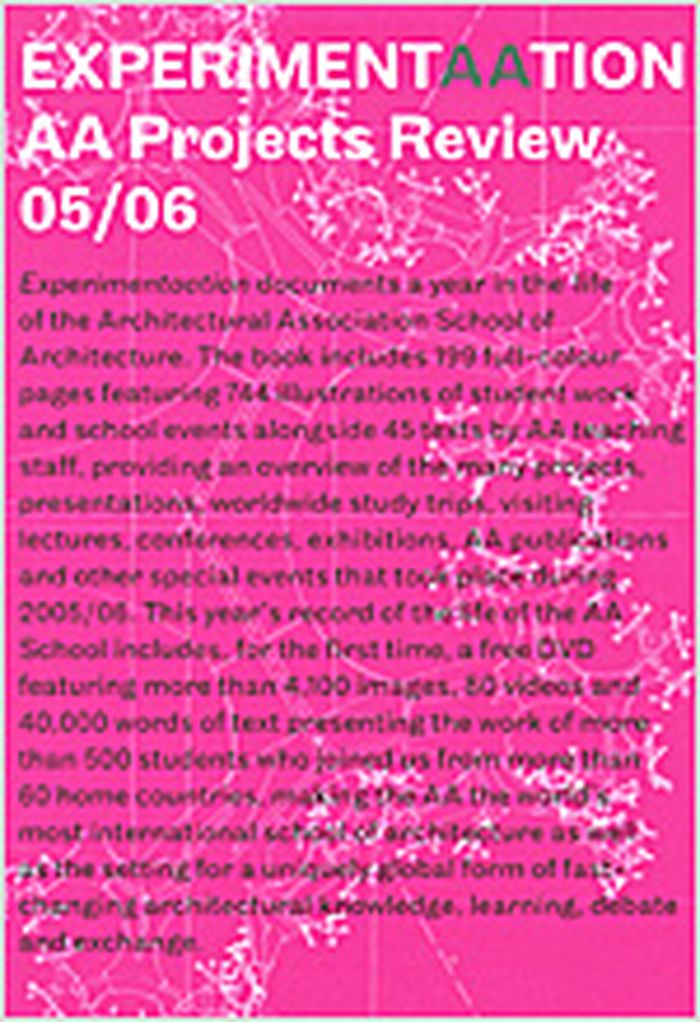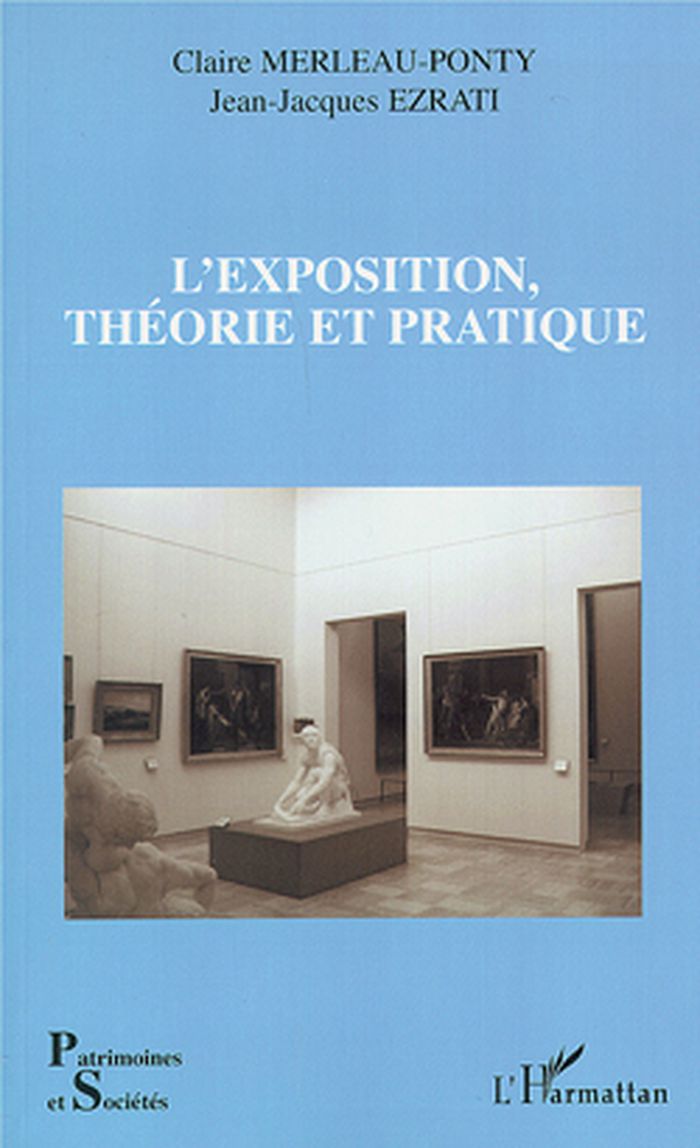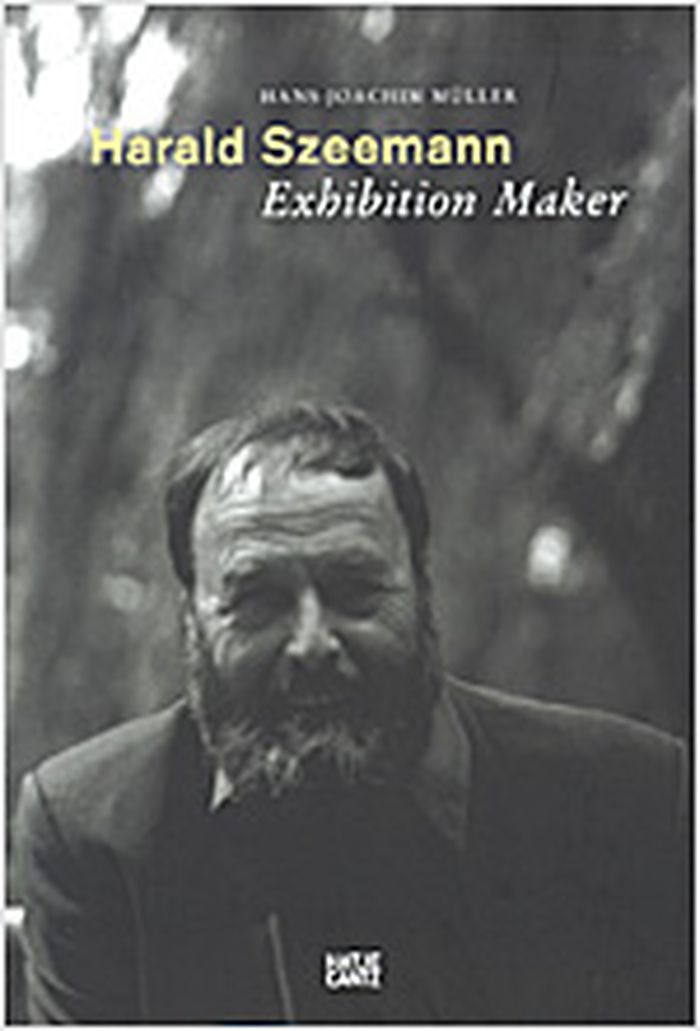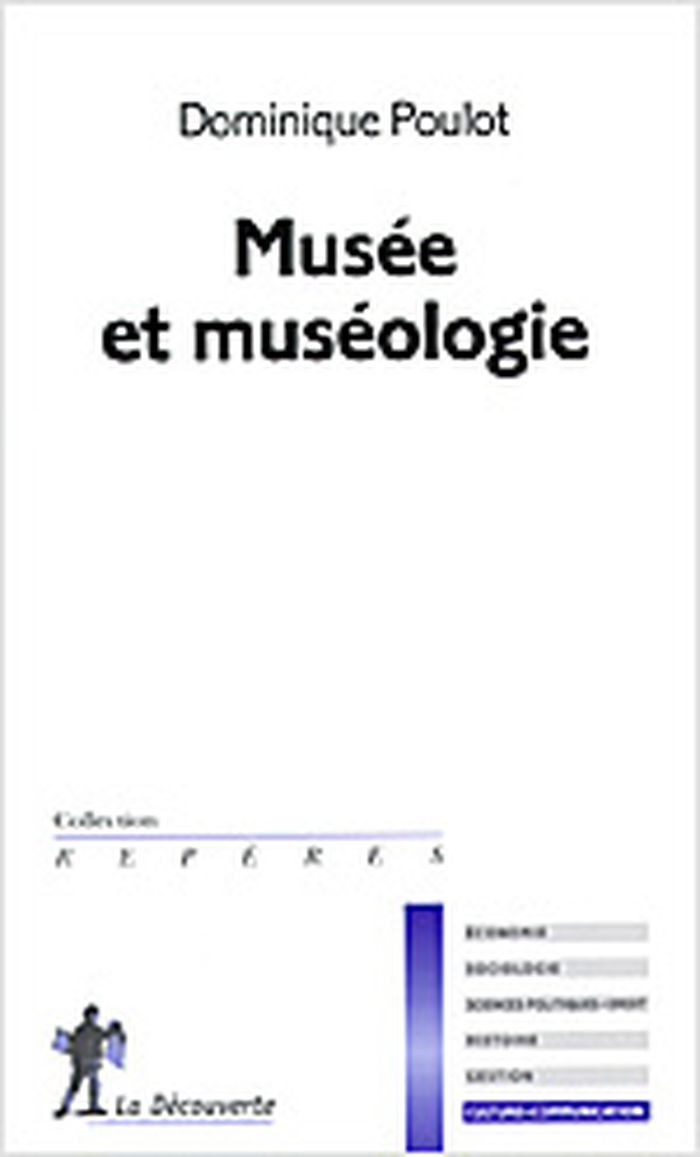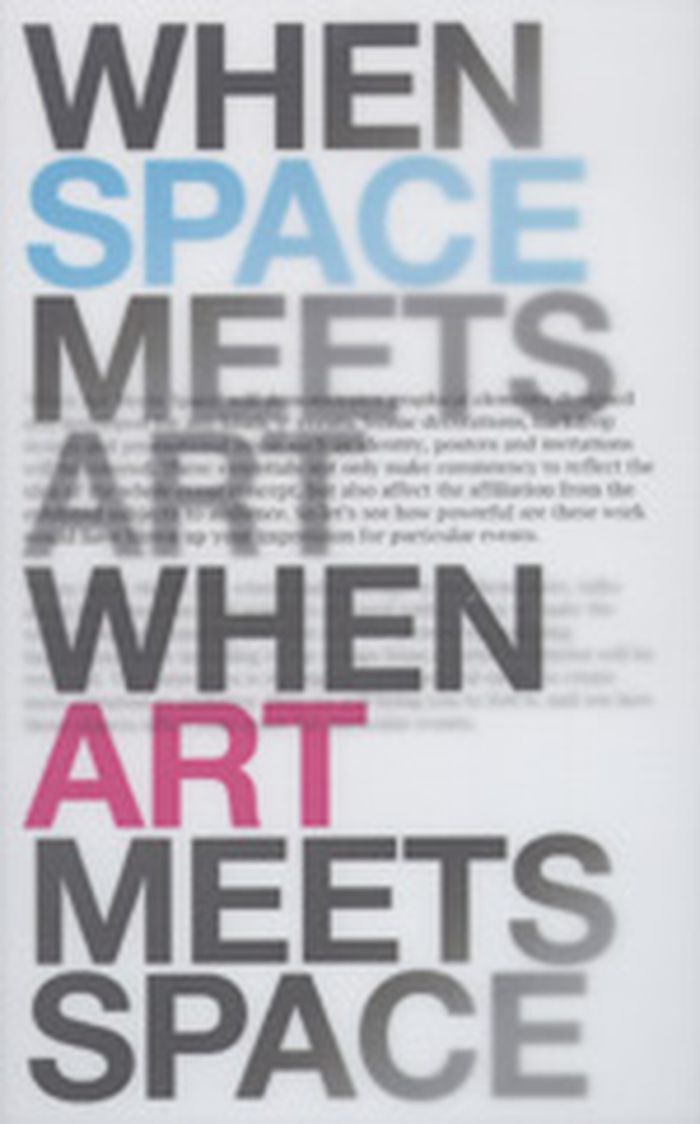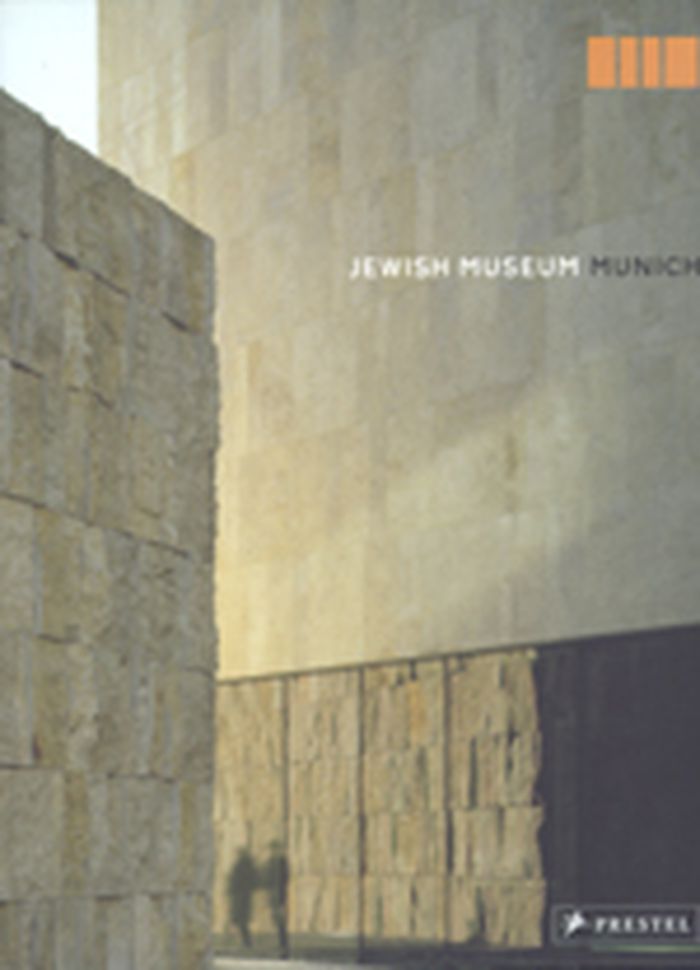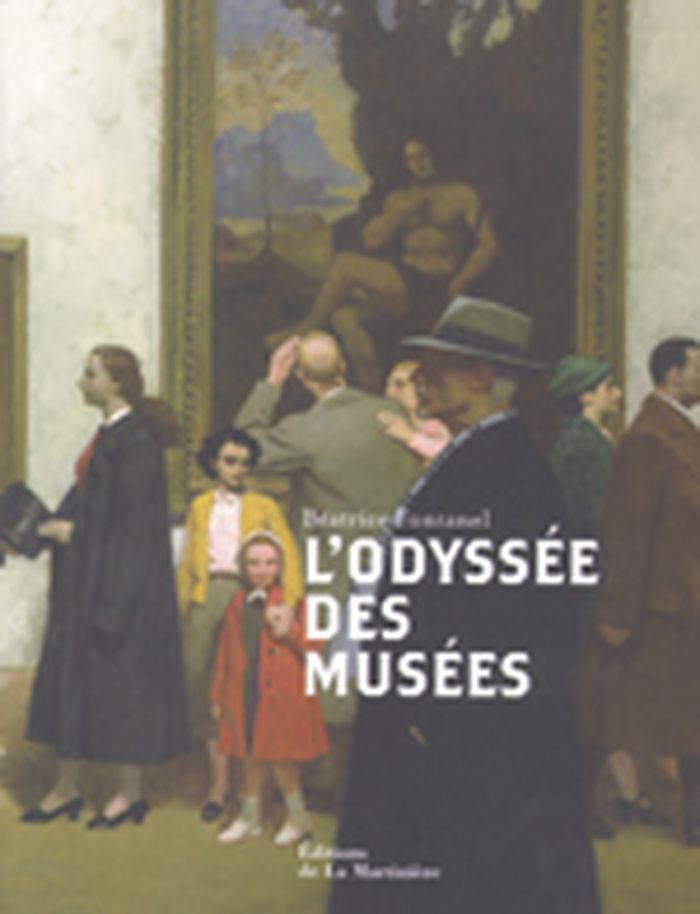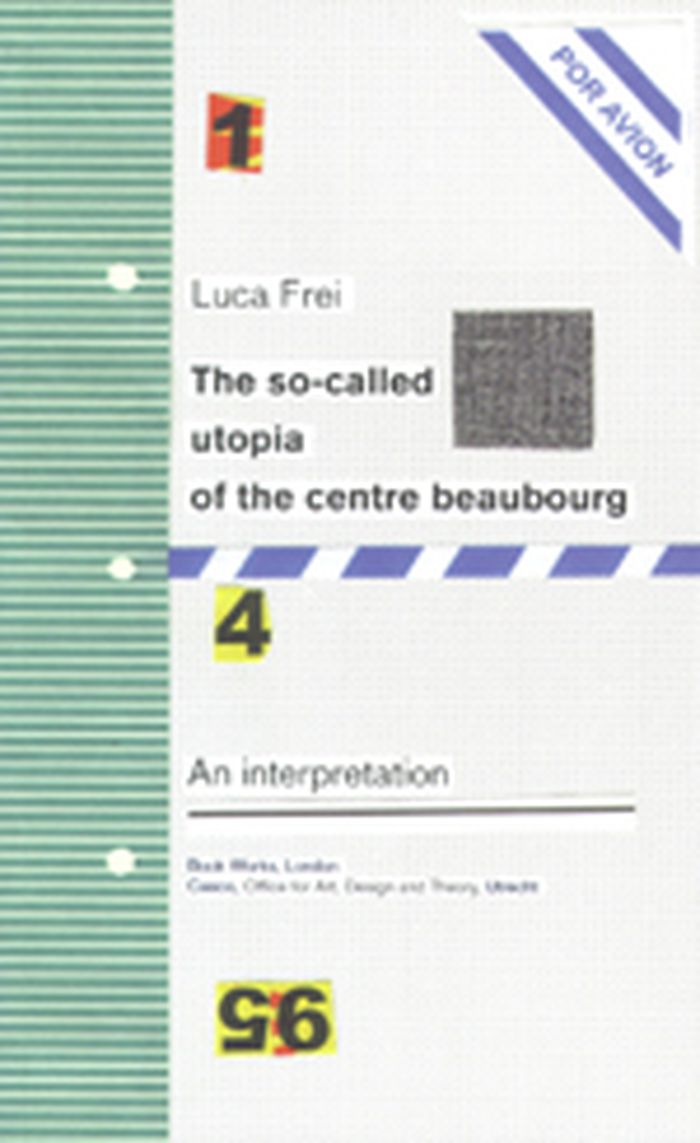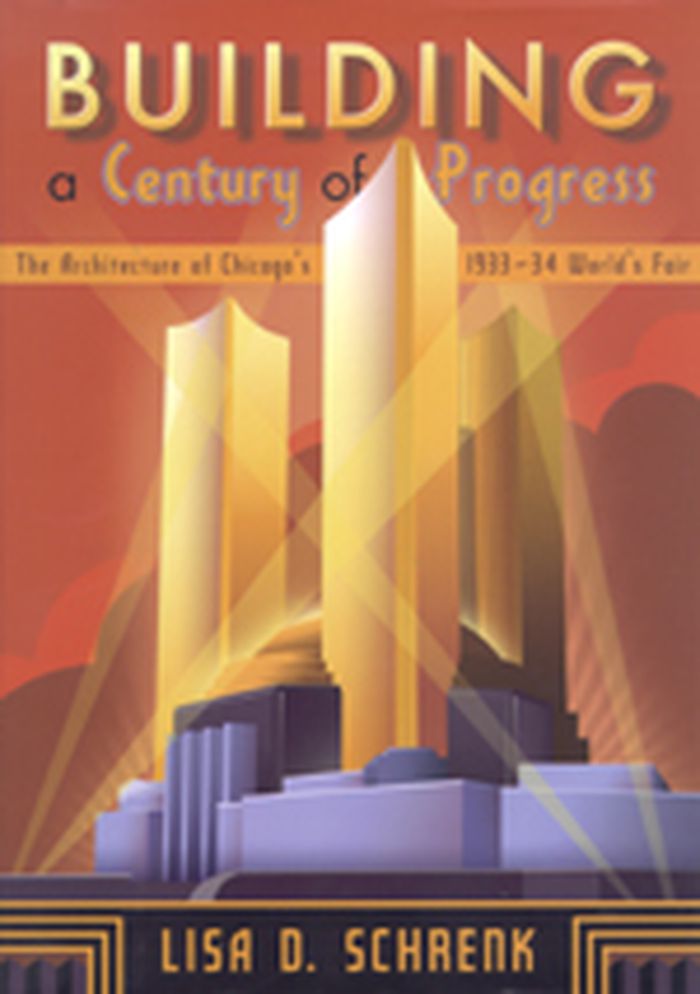$37.95
(available to order)
Summary:
Produced annually, "Projects review" shows something of the spirit and priorities of the Architectural Association – the debates around ideas, the preoccupations of the teaching units, the investigations of new techniques. Each unit in the School, from Foundation to Graduate level, selects the best work produced during the year. In full colour in 2005/06, Projects Review(...)
AA projects review 05/06 : experimentaation
Actions:
Price:
$37.95
(available to order)
Summary:
Produced annually, "Projects review" shows something of the spirit and priorities of the Architectural Association – the debates around ideas, the preoccupations of the teaching units, the investigations of new techniques. Each unit in the School, from Foundation to Graduate level, selects the best work produced during the year. In full colour in 2005/06, Projects Review also includes a DVD that features student projects, exhibitions, lectures, symposia and publications with over 4000 images and 80 video presentations. Both book and DVD are a cumulative record of life of the Architectural Association during the past year.
Museums and Universal Exhibitions
$32.95
(available to order)
Summary:
Les expositions se multipliant dans les musées et les institutions culturelles, leur rôle dans le cadre de la diffusion de la culture prenant une importance de plus en plus grande, les professionnels des musées sont amenés à produire des expositions de plus en plus nombreuses et d'une qualité toujours meilleure. Face à cela, les étudiants et les jeunes professionnels des(...)
Museums and Universal Exhibitions
January 2006, Paris
L'exposition : théorie et pratique
Actions:
Price:
$32.95
(available to order)
Summary:
Les expositions se multipliant dans les musées et les institutions culturelles, leur rôle dans le cadre de la diffusion de la culture prenant une importance de plus en plus grande, les professionnels des musées sont amenés à produire des expositions de plus en plus nombreuses et d'une qualité toujours meilleure. Face à cela, les étudiants et les jeunes professionnels des musées manifestent un besoin d'information dans le domaine de l'exposition. Cet ouvrage a pour but de répondre à l'attente d'information et d'aide des étudiants et des professionnels, et d'améliorer la qualité des productions grâce à la méthode de travail proposée.
Museums and Universal Exhibitions
$42.00
(available to order)
Summary:
Harald Szeemann (1933-2005) was one of the most influential curators of the recent past. An entire generation of curators has been inspired by his independent way of creating exhibitions and his emphatic method of presenting contemporary art. In retrospect, Szeemann's infallible interest in artistic loners with strong attitudes and powerful personalities seems like a(...)
Museums and Universal Exhibitions
April 2006, Ostfildern-Ruit
Harald Szeemann : exhibition maker
Actions:
Price:
$42.00
(available to order)
Summary:
Harald Szeemann (1933-2005) was one of the most influential curators of the recent past. An entire generation of curators has been inspired by his independent way of creating exhibitions and his emphatic method of presenting contemporary art. In retrospect, Szeemann's infallible interest in artistic loners with strong attitudes and powerful personalities seems like a vehement contradiction of the kind of art market that focuses on trends and movements. This volume describes the "Szeemann principle," the visions of an enlightened artistic curator, and provides an overview of the most important stations of his singular curatorial career: the legendary exhibitions "When Attitudes Become Form" and documenta 5, the great thematic explorations such as "Bachelor Machines" and "Der Hang zum Gesamtkunstwerk," his discovery of the young Eastern European scenes, and the Biennials in Venice, Lyon, and Seville.
Museums and Universal Exhibitions
Musée et muséologie
$14.95
(available to order)
Summary:
Les musées sont devenus en une génération l’une des institutions culturelles les mieux considérées et les plus fréquentées à travers le monde. La préoccupation des publics, désormais centrale, illustre une politique de développement culturel tandis que la multiplication des collections nourrit une redéfinition des patrimoines. L’organisation des établissements, davantage(...)
Museums and Universal Exhibitions
December 2005, Paris
Musée et muséologie
Actions:
Price:
$14.95
(available to order)
Summary:
Les musées sont devenus en une génération l’une des institutions culturelles les mieux considérées et les plus fréquentées à travers le monde. La préoccupation des publics, désormais centrale, illustre une politique de développement culturel tandis que la multiplication des collections nourrit une redéfinition des patrimoines. L’organisation des établissements, davantage professionnelle, répond à des exigences politiques et sociales, mais aussi à des contraintes éthiques et communicationnelles inédites ; en particulier, les impératifs de la médiation et de l’exposition entraînent l’apparition de nouveaux métiers. L’analyse de l’institution s’inscrit au croisement de l’anthropologie de la culture, de la sociologie du travail ou des organisations, et de l’histoire des objets.
Museums and Universal Exhibitions
When space meets art
$39.95
(available to order)
Summary:
How long ago have you been to an exhibition or an event? What information and amusement you get from it? Did you enjoy it? We are thrilled to present you our latest title When Space Meets Art/When Art Meets Space which leads you to taste and feel all sorts of events comprehensively. An exhibition, a party or any kinds of event can encompass all design areas. For many(...)
When space meets art
Actions:
Price:
$39.95
(available to order)
Summary:
How long ago have you been to an exhibition or an event? What information and amusement you get from it? Did you enjoy it? We are thrilled to present you our latest title When Space Meets Art/When Art Meets Space which leads you to taste and feel all sorts of events comprehensively. An exhibition, a party or any kinds of event can encompass all design areas. For many of us who usually focus only on the exhibited items or the subject of events, few of us ever pay attention to the whole design environment. This title will guide you to look and feel it through two key components: spatial design and graphic elements. From 3D to 2D, it demonstrates how structural work including venue setups from exterior to interior makes the whole event outstanding and turn into exceptional eye-catching fascination and how graphic elements from venue decorations to promotional items makes consistency to reflect the whole event concept and affect the affiliation from the exhibited subjects to audience. By that, the title ultimately reveals how these objects affect your sense and blow up your impression to particular events.
Museums and Universal Exhibitions
Jewish Museum Munich
$18.95
(available to order)
Summary:
The opening of the Jewish Museum Munich in 2007 brings to a close almost eight decades of continuous effort to find a home for Jewish history and culture in Munich. The result is a museum that is dedicates to Munich's eventful Jewish history as well as to the most diverse aspects of Jewish culture in the past and present.
Museums and Universal Exhibitions
January 1900, Munich, Berlin, London, New York
Jewish Museum Munich
Actions:
Price:
$18.95
(available to order)
Summary:
The opening of the Jewish Museum Munich in 2007 brings to a close almost eight decades of continuous effort to find a home for Jewish history and culture in Munich. The result is a museum that is dedicates to Munich's eventful Jewish history as well as to the most diverse aspects of Jewish culture in the past and present.
Museums and Universal Exhibitions
L'odyssée des Musées
$62.95
(available to order)
Summary:
Depuis l'Antiquité, au temps où les Grecs faisaient payer une obole aux fidèles pour leur permettre d'admirer les trésors des temples, le musée a connu de nombreux avatars. En suivre les diverses métamorphoses permet de découvrir, au fil des siècles, comment les grandes collections, qui sont aujourd'hui les fleurons des musées, se sont constituées et quelles aventures(...)
Museums and Universal Exhibitions
November 2007, Paris
L'odyssée des Musées
Actions:
Price:
$62.95
(available to order)
Summary:
Depuis l'Antiquité, au temps où les Grecs faisaient payer une obole aux fidèles pour leur permettre d'admirer les trésors des temples, le musée a connu de nombreux avatars. En suivre les diverses métamorphoses permet de découvrir, au fil des siècles, comment les grandes collections, qui sont aujourd'hui les fleurons des musées, se sont constituées et quelles aventures elles ont subies : vols, razzias, invasions, guerres, restitutions. Présenté de façon chronologique, cet ouvrage raconte la fabuleuse odyssée des musées : l'accumulation d'œuvres d'art réservées aux dieux, les cabinets de curiosité créés pour la délectation des souverains, l'ouverture au grand public des collections royales ou encore l'essor actuel des musées conçus dans le monde entier par les plus grands architectes.
Museums and Universal Exhibitions
books
$28.95
(available to order)
Summary:
The Royal Institute of British Architects'Award are perhaps the most rigorously judged awards in any sector in the world. The overall prize, the RIBA Stirling Prize in association with The Architects'Journal, is chosen from a shortlist that has been visited by four different sets of judges. The process is shown and the winning building announced live in a Channel 4(...)
Museums and Universal Exhibitions
December 2007, London, New York
Architecture 07: the guide to the Riba Awards
Actions:
Price:
$28.95
(available to order)
Summary:
The Royal Institute of British Architects'Award are perhaps the most rigorously judged awards in any sector in the world. The overall prize, the RIBA Stirling Prize in association with The Architects'Journal, is chosen from a shortlist that has been visited by four different sets of judges. The process is shown and the winning building announced live in a Channel 4 programme made by TalkbackTHAMES and presented by Kevin McCloud. This guide describes and illustrates all eighty-four RIBA, RIBA National, RIBA European and RIBA International Award-winning schemes, including the winners of the international Lubetkin Prize and a series of further prizes for conservation, client of the year, inclusive design, sustainability, houses, schools and small projects.
books
December 2007, London, New York
Museums and Universal Exhibitions
$27.50
(available to order)
Summary:
The so-called utopia of the centre beaubourg - An interpretation, is the culmination of Luca Frei's fascination with and interest in Swiss sociologist Albert Meister's book 'La soi-disant utopie du centre beaubourg'. This seminal text appeared under the pseudonym of Gustave Affeulpin in 1976. It is a fictional account of the creation of a more than 70-storey, alternative(...)
So-called utopia of the Centre Beaubourg: an interpretation
Actions:
Price:
$27.50
(available to order)
Summary:
The so-called utopia of the centre beaubourg - An interpretation, is the culmination of Luca Frei's fascination with and interest in Swiss sociologist Albert Meister's book 'La soi-disant utopie du centre beaubourg'. This seminal text appeared under the pseudonym of Gustave Affeulpin in 1976. It is a fictional account of the creation of a more than 70-storey, alternative Centre Beaubourg underneath the existing Parisian cultural centre.
Museums and Universal Exhibitions
$45.00
(available to order)
Summary:
From the summer of 1933 to the fall of 1934, more than 38 million fairgoers visited a 3-mile stretch along Lake Michigan, home to Chicago’s second World’s Fair. Millions more experienced the Century of Progress International Exposition through newspaper and magazine articles, newsreels, and souvenirs. Together, all marveled at the industrial, scientific, consumer, and(...)
Museums and Universal Exhibitions
August 2007, Minneapolis, London
Building a century of progress : the architecture of Chicago's 1933-34 World's Fair
Actions:
Price:
$45.00
(available to order)
Summary:
From the summer of 1933 to the fall of 1934, more than 38 million fairgoers visited a 3-mile stretch along Lake Michigan, home to Chicago’s second World’s Fair. Millions more experienced the Century of Progress International Exposition through newspaper and magazine articles, newsreels, and souvenirs. Together, all marveled at the industrial, scientific, consumer, and cultural displays, many of which were housed in fifty massive and colorful exhibition halls, the largest architectural project realized in the United States during the Great Depression. In the richly illustrated "Building a century of progress", Lisa D. Schrenk explores the pivotal role of the 1933 Chicago World’s Fair in modern American architecture. She recounts how the exposition’s architectural commission promoted a broad definition of modern architecture, not relying on purely aesthetic characteristics but instead focusing on new design solutions. The fair’s pavilions incorporated recently introduced building materials such as masonite and gypsum board; structural innovations (for example, the first thin-shell concrete roof and the first suspended roof structures built in the United States); and new construction processes, most notably the use of prefabrication. They also featured curiosities like the giant, constantly operating mayonnaise maker and the glass-walled House of Tomorrow, which had no operable windows. Schrenk shows how the halls’ designs reflected cultural and political developments of the period, including the expanding relationships between science, industry, and government; the rise of a corporate consumer culture; and the impact of the Great Depression. Many of the designs provoked intense responses from critics and other prominent architects, including Frank Lloyd Wright and Ralph Adams Cram, fueling heated debates over the appropriate direction for architecture in the United States. Demonstrating the rich diversity of progressive American building design seen at the fair, this book captures a crucial moment in American modernism.
Museums and Universal Exhibitions
